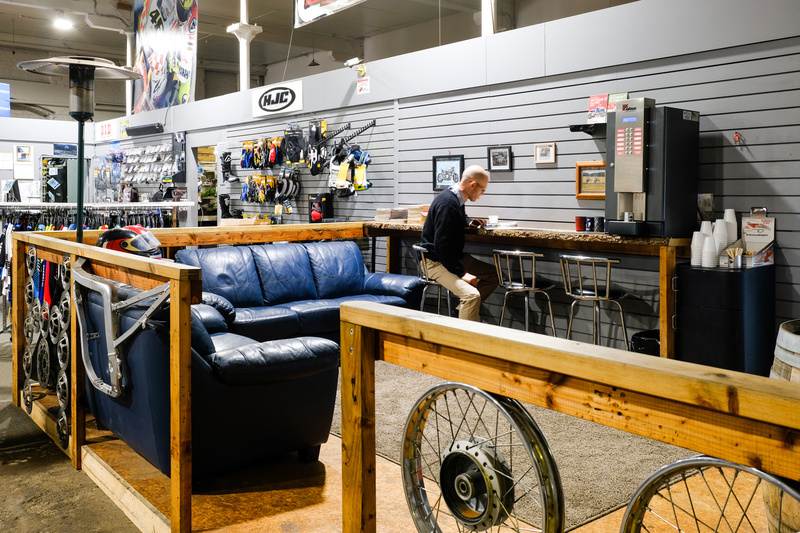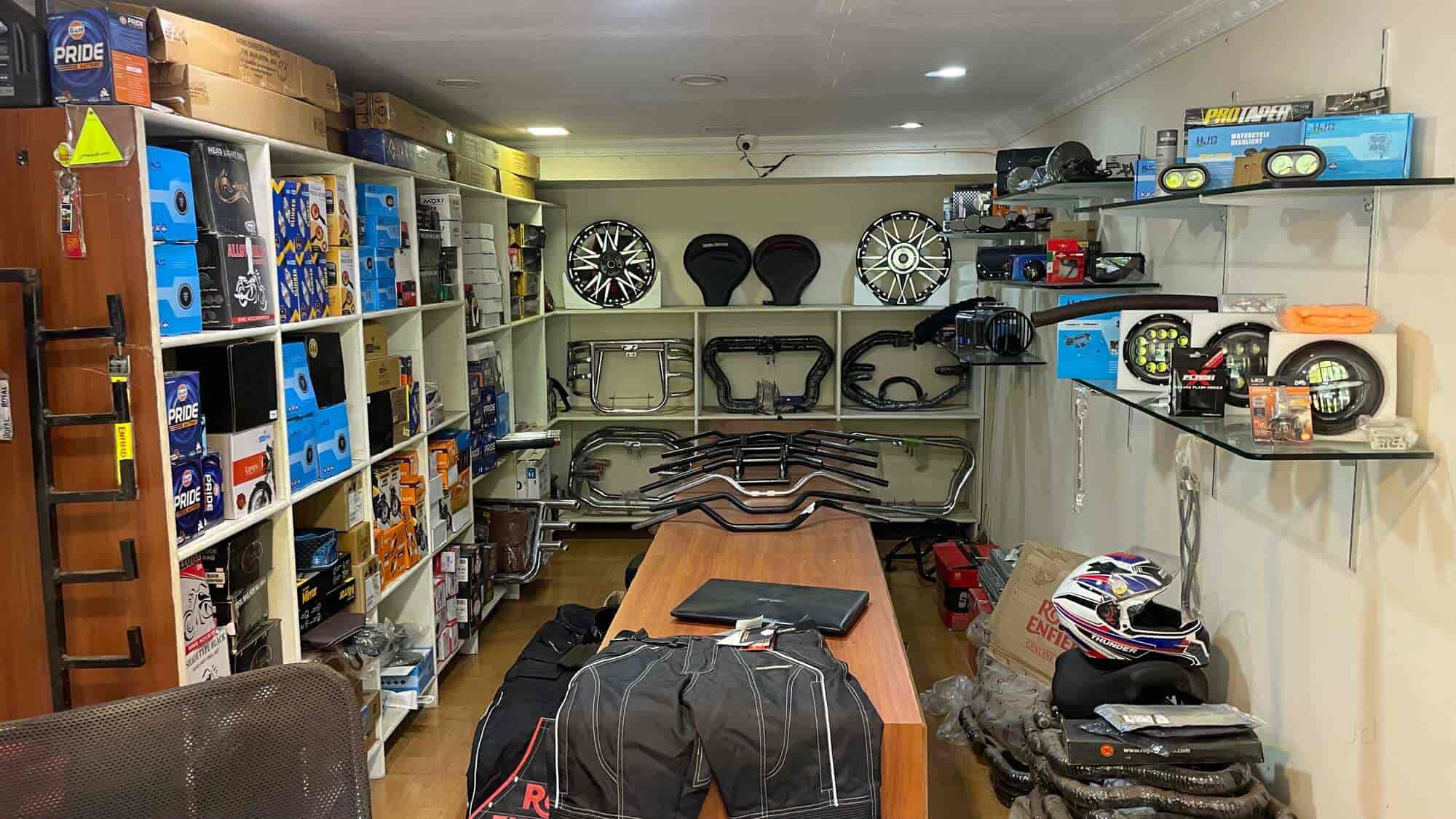Shop the very best MX Parts NZ for Your High-Performance Bike
Shop the very best MX Parts NZ for Your High-Performance Bike
Blog Article
Understanding Motorcycle Gears: How to Maximize Your Riding Experience
In the world of motorcycling, mastering the art of equipment manipulation is vital for enhancing your riding performance. Correctly using and comprehending motorbike equipments can substantially influence control, fuel, and velocity performance, transforming an ordinary ride into a smooth, exhilarating trip. By incorporating accurate shift timing and adapting equipment choice to numerous road problems, bikers can ensure optimal engine performance and safety. The subtleties of clutch control, throttle control, and equipment mechanics beckon a much deeper exploration, assuring to open the complete possibility of your equipment. Exactly how can these strategies be harnessed to absolutely optimize your riding experience?
Comprehending Equipment Mechanics
How do the complexities of equipment technicians influence motorbike efficiency? At the core of motorbike dynamics, gear auto mechanics play an essential role in converting engine power right into movement, inevitably determining speed and control. Gears, meticulously crafted parts, allow cyclists to maximize torque and rate, making sure a smooth transition with various surfaces and speeds. The gear ratios, carefully made, identify the partnership in between engine revolutions and wheel turns, influencing velocity and gas efficiency.
Comprehending gear auto mechanics starts with identifying the significance of the gearbox, which houses multiple equipments of differing dimensions. These gears connect with a process referred to as meshing, where teeth of different gears engage to transmit power. The precision of this interaction is critical; any type of misalignment or damages can cause inefficient power transfer, impeding efficiency. Additionally, the arrangement and dimension of gears influence the bike's capability to handle various tons and speeds.
In addition, the concept of gear changing is integral to taking full advantage of efficiency. Prompt and smooth shifts make sure that the engine runs within its ideal power band, protecting against unneeded stress and boosting longevity (motorbike shop). By understanding these mechanical details, cyclists can attain a harmonious blend of control, power, and efficiency, boosting their riding experience
Timing Your Shifts
Change timing mastery is necessary for maximizing motorbike performance and boosting the riding experience. Properly timed changes make sure that the engine operates within its ideal power band, which is essential for keeping control, attaining smooth velocity, and guaranteeing the longevity of the bike. Cyclists must establish an user-friendly sense of when to change gears, which includes recognizing the relationship in between engine changes per min (RPM) and speed.
To understand shift timing, pay attention to the engine's sound and really feel, as these offer essential hints concerning when to alter gears. When the engine comes close to the top range of its power band without reaching the redline, the excellent change point commonly occurs - motocross parts nz. Moving also early can result in an absence of power, while shifting far too late may cause unneeded engine pressure
In addition, roadway problems and riding design influence shift timing. In contrast, during freeway riding, fewer changes at higher rates can be much more suitable.
Enhancing Gas Effectiveness
While mastering motorcycle equipments is vital for efficiency, enhancing fuel performance is equally important for both ecological and financial reasons. Optimum fuel usage not only reduces functional expenses however also decreases the ecological impact of riding. To accomplish this, one should understand the detailed relationship in between equipment choice and engine efficiency.
Firstly, choosing the ideal equipment at ideal rates can dramatically influence fuel consumption. Riding in a greater equipment at reduced speeds can cause engine hauling, which is detrimental to both gas economy and engine health and wellness. Conversely, riding in reduced gears at high speeds results in unnecessary fuel usage. Hence, preserving an ideal equilibrium by shifting equipments in alignment with roadway problems and prepared for maneuvers is crucial.
Furthermore, normal upkeep plays a critical role in gas performance. Guaranteeing that the motorcycle is well-tuned, with clean air filters and effectively blew up tires, can enhance the rules of aerodynamics and decrease fuel wastage. Embracing a riding design that welcomes progressive velocity and smooth slowdown can add to much better fuel economic climate.

Methods for Smooth Transitions
Attaining smooth equipment shifts is essential to boosting the riding experience and ensuring the long life of a motorbike's transmission system. Proper equipment moving not only adds to a seamless adventure but likewise decreases damage on the mechanical elements. To grasp the art of smooth shifts, cyclists must concentrate on a couple of key strategies.

Secondly, clutch control plays an essential role. Engaging and disengaging the clutch smoothly requires method. The clutch bar need to be released slowly, enabling for a hour motorbike shop seamless transfer of power from the engine to the wheels without triggering a jolt or sudden activity.

Adjusting to Roadway Conditions
Browsing diverse road conditions is an important ability for any type of motorcyclist aiming to maintain control and safety and security. Whether you're riding on wet surface areas, gravel roadways, or navigating sharp turns, your capacity to adapt your equipment usage and riding technique is extremely important. Understanding exactly how to readjust your equipments suitably can significantly impact traction and security, making sure a more secure trip.
On damp roads, it is recommended to keep higher gears to minimize torque and lessen wheel spin. This technique helps maintain grasp on slippery surfaces, allowing for smoother acceleration and deceleration. In comparison, when riding on gravel or uneven surface, lower gears are better. Reduced gears give better control and enable you to react even more quickly to unanticipated changes in the road surface area.
Sharp contours require accurate gear monitoring to stabilize speed and control. Downshifting prior to entering a curve can help preserve energy while making sure the bike remains steady throughout the turn. Constant page practice in varied problems boosts your ability to react and predict to adjustments in road structure and incline.
Final Thought
Grasping bike equipments dramatically improves the riding experience by improving gas, velocity, and control efficiency. A detailed understanding of gear technicians and accurate shift timing ensures the engine runs within its ideal power band, while smooth changes via reliable clutch and throttle coordination increase comfort and efficiency. Adapting equipment option to numerous road problems, such as making use of higher gears on wet surfaces and lower gears on gravel, further enhances handling and safety and security. Inevitably, these skills elevate the total journey.
Recognizing equipment mechanics starts with recognizing the value of the gearbox, which houses several gears of differing sizes. These gears engage through a process understood as meshing, where teeth of different equipments engage to send power (motorcycle parts nz). Gentle modifications to the throttle during equipment changes can avoid jerky motions and keep a constant riding speed
Whether you're riding on damp surfaces, gravel roadways, or navigating sharp turns, your capability to adjust your gear usage and riding technique is paramount. Adapting equipment choice to numerous roadway problems, such as making use of greater equipments on wet surface areas and lower equipments on gravel, more boosts handling and safety and security.
Report this page